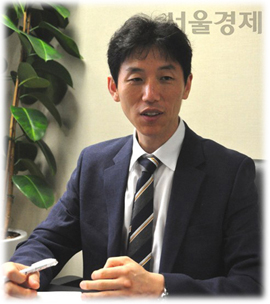| 일 | 월 | 화 | 수 | 목 | 금 | 토 |
|---|---|---|---|---|---|---|
| 1 | 2 | 3 | 4 | 5 | ||
| 6 | 7 | 8 | 9 | 10 | 11 | 12 |
| 13 | 14 | 15 | 16 | 17 | 18 | 19 |
| 20 | 21 | 22 | 23 | 24 | 25 | 26 |
| 27 | 28 | 29 | 30 | 31 |
- the 3rd Law of politics
- mechanism of politics
- Regime Change
- Orderliness of Choice
- Samjae Capacity
- politics of Inner Circle
- Power
- political organization
- Political Regimes
- Mathematical Model of politics
- Task Delegates of the Ruler: Inner Circle
- politics
- new political science
- survival process theory
- Samjae Capacities
- Political Change
- Order of Choice
- Canonical Politics
- 1st Law of politics
- Value Systems
- Differences in Individual Abilities and Tendencies
- Operation of the 2nd Law
- politics and war
- Cohesion Force
- Political power
- Political Regime
- the 2nd law
- Mathematical Model of political science
- political phenomena
- power and organization
- Today
- Total
New Political Science
c. Mathematical Model and Implications of the 3rd Law 본문
c. Mathematical Model and Implications of the 3rd Law
Political Science 2023. 12. 14. 02:56c. Mathematical Model and Implications of the 3rd Law
Regime change force increases as regime duration period T( \( = t_1 - t_0 \) ) increases. However, once a regime change occurs, the initial point when regime change force begins to accumulate is reset at a new political regime(R*) that emerges, and thus the regime duration period(T) is recalibrated based on the new regime. That is, T decreases.
This regime change force is proportional to the square of the social change rate \( [At] \) value.

In the above diagram, it illustrates a scenario where the social change rate \( [At] \) increases, resulting in an increase in the harvest of regime change from [고] to [고']. Accordingly, all other conditions being equal, regime change occurs not at \( t_2 \) but at \( t_1 \) . Ultimately, the faster the rate of social change, the faster regime change can occur. Conversely, if the value of social change rate decreases, the opposite phenomenon occurs.
Even if regime change cost increases or decreases, the timing of regime change varies. In the above graph, it is not shown, but if regime change cost decreases, the value of \( \vec{L_2} \) will decrease, and the inclined line representing regime change force will meet it more quickly. Therefore, it can be easily inferred that regime change can occur much more quickly.
According to the 3rd law, the process of political change can be classified into three types: ㉠ coercive regime overthrow, ㉡ political regime collapse, and ㉢ compromised political change, based on the relationship between regime change force( \( \vec{H} \) ) and repression force( \( \vec{S_{TB}} \) ).
'Mechanism of Politics' 카테고리의 다른 글
| c. ㉡ Political Regime Collapse (0) | 2023.12.14 |
|---|---|
| c. ㉠ Coercive Regime Overthrow (0) | 2023.12.14 |
| b. The Interrelationships of Factors in Regime Change (0) | 2023.12.14 |
| (3) a. Mathematical Model of Political Regime Change (0) | 2023.12.14 |
| b. ㉡ Important Aspects of the 3rd Law (0) | 2023.12.14 |



